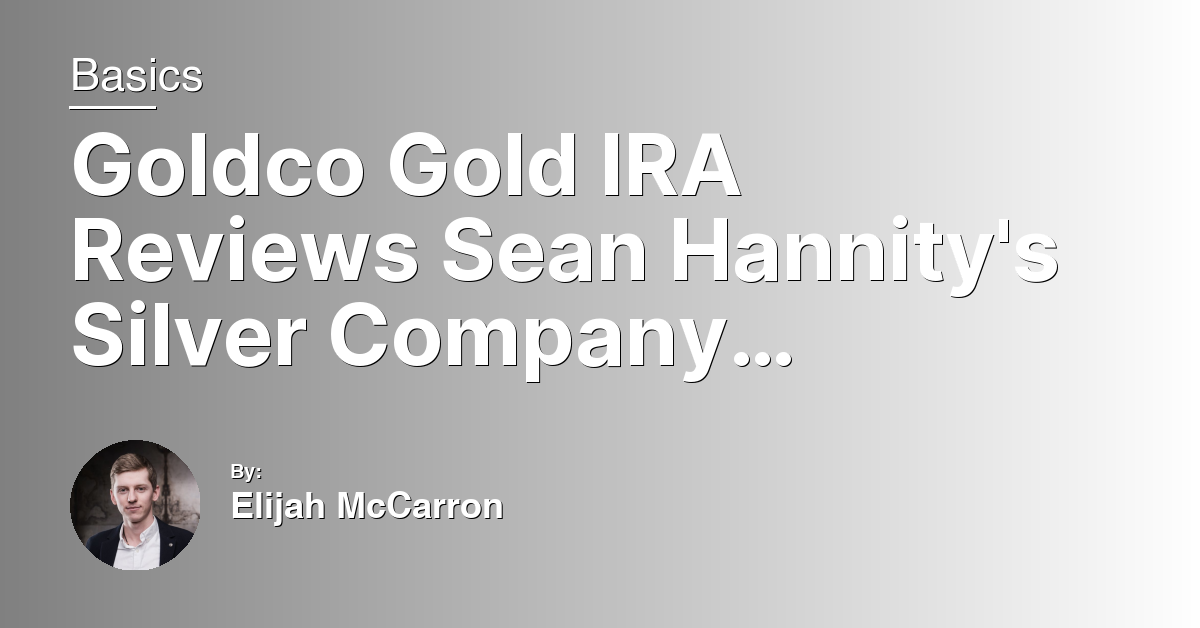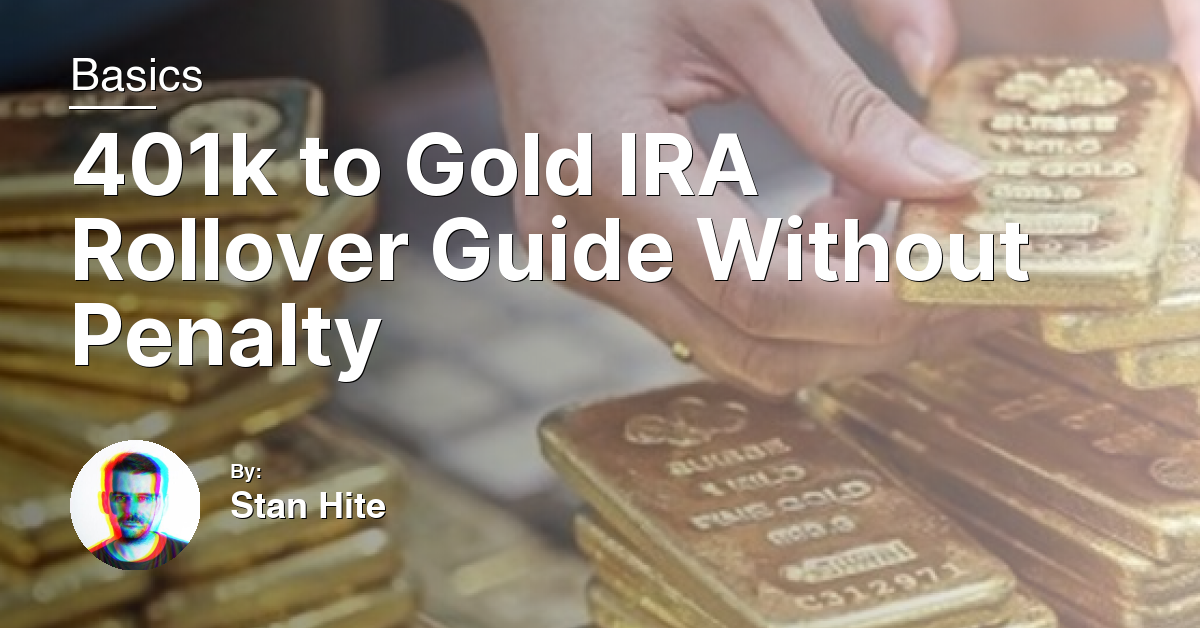Navigating the world of retirement investments can often feel like a complex maze, with each path promising security and growth. Among the diverse options available, Gold IRAs stand out as a unique choice, blending the timeless value of precious metals with the structure of a retirement account. In this comprehensive guide, we will delve into the intricacies of investing in a Gold IRA, examining the advantages and disadvantages, understanding the potential risks, and highlighting the leading companies to consider in 2024. Whether you are a seasoned investor or new to the world of precious metals, this article aims to equip you with the knowledge needed to make informed decisions about your retirement portfolio.
Types of Gold IRAs Explained
There are primarily two types of Gold IRAs: Traditional and Roth. Both serve as powerful tools for diversification, offering a hedge against inflation and a unique store of value through precious metals.
A Traditional Gold IRA allows investors to make contributions with pre-tax dollars, offering a tax deferral advantage on potential gains until withdrawals begin, typically in retirement. This can lead to significant tax savings, especially for those in higher tax brackets during their contribution years.
Conversely, a Roth Gold IRA is funded with after-tax dollars. While this means no tax deduction on contributions, it offers a substantial benefit: tax-free withdrawals in retirement. This can be particularly advantageous if you expect to be in a higher tax bracket later or seek tax-exempt growth on your investment.
Both account types allow for the inclusion of physical gold, such as coins or bullion, and possibly other precious metals, aligning with the Internal Revenue Service regulations. Choosing between them depends on your current tax situation, future expectations, and investment strategy.
Careful research and possibly consulting with a financial advisor can help determine which Gold IRA is best suited to your retirement portfolio.
Understanding How Gold IRAs Operate
A Gold IRA operates as a specialized Individual Retirement Account (IRA) that allows you to invest in gold and other precious metals, offering a unique way to diversify your retirement portfolio. Unlike traditional IRAs invested in stocks, bonds, or mutual funds, a Gold IRA focuses on precious metals, acting as a hedge against inflation and economic uncertainty.
Investors can choose between a traditional Gold IRA, which offers tax-deferred growth, and a Roth Gold IRA, where investments grow tax-free. The Internal Revenue Service (IRS) has specific guidelines for what quality of metal can be included, ensuring investments are secure and recognized globally.
Fees for Gold IRAs can be higher than traditional IRAs due to the need for secure storage and insurance of physical metals. It’s crucial for investors to research and select reputable companies that specialize in Gold IRAs to minimize fees and maximize the security of their investment.
Finding the Right Custodian
When selecting a custodian, consider their fee structure and the range of investment options they offer. Lower fees can significantly impact your portfolio’s growth over time, but it’s also important that the custodian provides a wide array of gold investment products, including coins, bars, and possibly gold-related securities like exchange-traded funds (ETFs).
Check their expertise in precious metals and familiarize yourself with their storage facilities. A reputable custodian will offer secure, insured storage options, and provide guidance on the tax advantages specific to Gold IRAs, such as tax deferral or potential tax exemption.
Ultimately, your choice should align with your investment strategy, whether you’re looking for diversification, an inflation hedge, or a store of value. The right custodian will empower your investing future while safeguarding your assets.
Funding Your Gold IRA Effectively
Funding your Gold IRA involves selecting the right mix of assets to ensure a diversified portfolio and secure your retirement savings. Start by deciding between physical gold, such as coins and bullion, and gold-related securities like exchange-traded funds (ETFs) or stocks in mining companies. Both options offer the potential for growth and hedge against inflation, but they come with different levels of risk and tax implications.
Contributing to your Gold IRA can be done by transferring funds from an existing retirement account, such as a traditional or Roth IRA, without incurring immediate tax penalties. This rollover process allows investors to maintain the tax-advantaged status of their retirement savings. Alternatively, direct cash contributions can be made to purchase gold or gold-related assets within the IRA.
Be mindful of fees associated with Gold IRAs, including broker commissions, storage fees for physical gold, and management fees for investment funds. Compare these costs across different providers to ensure you are getting a competitive rate. Investing in gold, whether as a physical asset or through securities, can offer diversification and act as a hedge against economic downturns, making it a valuable component of your retirement strategy.
Choosing an Approved Depository

Choosing an approved depository for your Gold IRA is crucial for ensuring the safety and security of your precious metal investments. These depositories are specialized facilities where physical assets, like gold, are stored securely. It’s important to select one that is IRS-approved to maintain the tax advantages associated with Gold IRAs.
When selecting a depository, consider factors such as their storage fees, location, and the level of security they offer. Some investors prefer a depository located nearby for personal comfort, while others might focus on lower storage fees or advanced security features.
Additionally, understanding whether your depository allows commingled storage (mixing your gold with others’) or offers segregated storage (your gold is stored separately) can impact your decision. Segregated storage might come with higher fees but offers an added layer of security for your investment.
Making Withdrawals: What You Need to Know
When making withdrawals from your Gold IRA, it’s crucial to understand the rules to avoid potential penalties and taxes. Withdrawals from a traditional IRA are taxed as income, while Roth IRA distributions can be tax-free if the rules are followed. Before the age of 59½, withdrawals may incur a 10% penalty unless specific exceptions apply.
Diversifying your portfolio with gold can serve as an inflation hedge, but keep in mind the liquidity of your investment. Physical gold, unlike stocks or bonds, requires selling the asset back to the market, which may not be as instantaneous as selling digital securities. Additionally, consider the fees associated with gold IRAs, including storage and insurance, which can impact your cash flow.
For investors looking to maximize their retirement wealth, understanding these aspects is vital. Consult with a financial advisor or a reputable broker to navigate these complexities, ensuring your gold investment aligns with your retirement strategy and cash needs.
Managing Your Account Efficiently
Be aware of the fees associated with your Gold IRA, as these can eat into your profits over time. Look for companies that offer transparent fee structures and competitive rates. Remember, the goal is to grow your wealth, not diminish it with excessive costs.
Take advantage of the tax benefits offered by Individual Retirement Accounts. Gold IRAs, like their traditional and Roth counterparts, provide tax advantages that can significantly affect your cash flow and investment growth. Consult with a financial advisor to ensure you’re making the most of these benefits.
Lastly, stay informed. The financial world evolves rapidly, and being up-to-date with market trends, new investment funds, and technology can give you an edge in managing your account more efficiently.
Analyzing the Pros and Cons
Investing in a Gold IRA offers diversification beyond traditional stocks and bonds, potentially lowering portfolio risk due to gold’s low correlation with other assets. This can be a hedge against inflation and economic uncertainties, providing security in volatile markets. Gold IRAs also carry a unique tax advantage, allowing investors to defer taxes on gains until retirement, similar to other Individual Retirement Accounts.
However, there are cons. The price of gold can be highly volatile, influenced by factors such as global economic conditions, interest rates, and currency values. Unlike stocks or bonds, gold does not produce income through dividends, which may limit its attractiveness for those seeking regular income. Additionally, there are fees associated with Gold IRA accounts, including setup, storage, and insurance costs, which can impact overall returns.
Investors should carefully consider these factors and consult with financial advisors to determine if a Gold IRA aligns with their investment goals and risk tolerance.
Navigating Gold IRA Fees
When considering a Gold IRA, understanding the associated fees is crucial for investors. These fees can vary widely among providers and can significantly impact your investment’s growth. Typically, you’ll encounter setup fees, annual administrative or storage fees, and selling fees.
Annual administrative fees are common and cover the cost of maintaining your account. Storage fees, on the other hand, are for the safekeeping of the physical gold. Some companies waive these fees for the first year or offer a scaled fee model based on the account size.
Selling fees, also known as seller’s fees, are charged when you decide to liquidate your gold holdings. It’s important to understand these fees as they can eat into your profits.
To optimize your Gold IRA investment, consider the total cost of ownership, including these fees, against the potential tax advantages and diversification benefits. Choosing a company with transparent fee structures is vital for maintaining your investment’s value.
FAQs
How does a gold IRA work?
A gold IRA works by allowing investors to hold physical gold and other precious metals in their retirement portfolio, providing a unique investment option compared to traditional IRAs. This allows investors to save for retirement while potentially benefiting from the security and value of precious metals.
What is the truth about gold IRAs?
The truth about gold IRAs is that investors who make qualified withdrawals may be subject to income tax on capital gains, similar to traditional pre-tax IRAs. Additionally, physical gold in a gold IRA may be taxed at a higher rate, as the IRS considers it a collectible.
How much does it cost to have a gold IRA?
Having a gold IRA can cost around $125 or more annually for storage fees at an IRS-approved depository. Transaction fees for buying, selling, or exchanging precious metals can range from $10 to $95 or more per asset or per transaction. Additional miscellaneous fees may vary.

